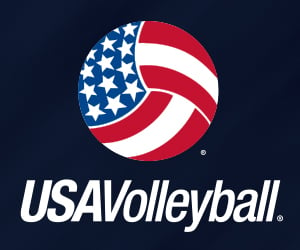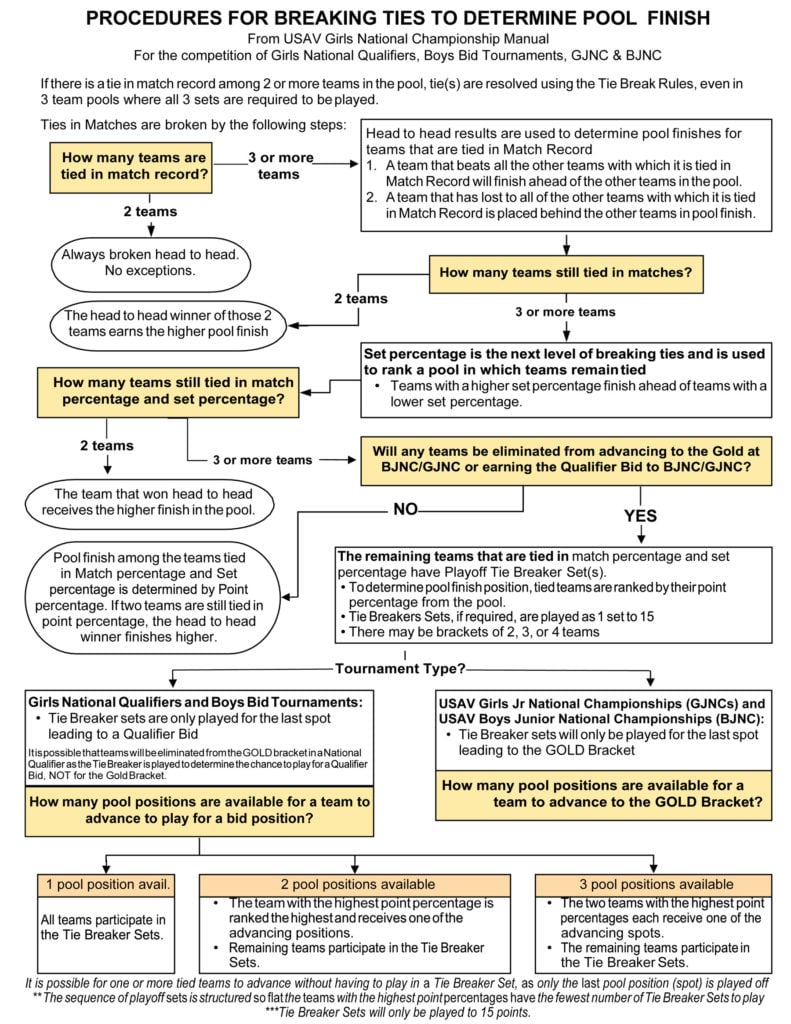In the summer and early Fall of 2016, individuals were interviewed face to face as part of a study examining the potential for growing the sport of boys’ and men’s volleyball. The study was commissioned by USA Volleyball with the financial support of AVCA and several sponsors and USA Volleyball regions in order to establish a plan especially for growing the collegiate game.
Three key questions were posed in the onset of this study.
- Is it possible to double or triple participation of boys and men playing volleyball over the next two quads / decade (8-10 years)?
- Could additional opportunities be created for boys to play college volleyball and especially could additional DI schools begin teams and offer scholarships?
- Is it possible to raise $25 million to support this effort from individual and organizational donors and sponsors who love volleyball and want to provide more opportunities for boys and men to play competitively?
Summary of Findings:
Of those individuals interviewed…
- Over 90% of the participants said they would consider a financial gift to an upcoming campaign to grow boys’ and men’s volleyball.
- Most participants believe that the proposed timing for the campaign is good or as good a time as any. A sense of urgency does exist.
- (85%) of those interviewed thought that $25 million was an attainable fundraising
- Eight-‐nine percent (89%) of those interviewed indicated a willingness to volunteer in the proposed campaign and sixty-‐one (61%) said they would consider accepting a leadership role.
- Interviewees identified an exceptional list of 285 individuals who they feel would make good leaders for this project or good donor prospects for the
- The respondents like a top-down and bottom‐up approach to growing the game. Creating more scholarship opportunities and more teams at the Division I level was ranked as the most important component in the study’s preliminary statement of need. Respondents also expressed interest in growth at the Division II level which can add also add to NCAA bracket expansion and also at the Division III, NAIA and Junior College levels. Some of those interviewed also emphasized directing resources to club and high school growth as
- The recommended strategy to pursue the effort as part capital campaign, part advocacy/lobbying campaign and part public awareness campaign was well embraced by the respondents.
- The Athletics Directors and coaches who were interviewed thought that an effort organized in a professional and sophisticated way could be successful.
Conclusions and Recommendations:
- Enough support and leadership exists to mount a successful, multi-‐organizational campaign to grow boys’ and men’s volleyball over the next
- The following goals are recommended for adoption by the MotorMVB Executive Committee:
- Establish a goal to raise $25 million before the 2020 Tokyo Olympic Games. With a number of very sizeable gift indications offered by respondents of the study, it is recommended that $25 million is an attainable goal.
- Increase the number of collegiate programs over a 10-year period. Based on the findings and analysis of the study, here are the goals the MotorMVB Executive Committee has agreed are both lofty and attainable:
MOTOR‐MVB
Making Opportunities / Transforming Our Reach for Boys’ and Men’s Volleyball
Watching a collegiate men’s volleyball match or our US Men’s National Team play live is exhilarating and the audience appetite for men’s volleyball is growing in America. U.S.A. Men’s Olympic Volleyball Head Coach John Speraw said the July 2016 World League Matches in Dallas was the “best atmosphere for a men’s volleyball match in this country I have ever seen.”
An influential cross-‐section of leadership in the game of volleyball has come together in a highly impactful, collaborative and intentional decision to grow Men’s Volleyball in the United States. MOTOR-MV is an historic effort that is part advocacy campaign, part awareness campaign and part capital campaign. Our goal is to grow the number of opportunities for men and boys in volleyball size of our sport, at every level, over the next two quadrennials (6-8 years).
Current State of the Game
When exposed to the sport (either watching live or playing competitively) -‐ we find that boys have a strong desire to play volleyball over higher risk concussive sport alternatives. In many regions of the country volleyball is viewed by boys as “my sisters sport.” Historically in many American households, parents introduce their daughters and not their sons to volleyball. But the tide is changing as Dads (often the parent who kick-‐starts a sport for a child), are becoming a notable section of the American volleyball fan base. And while the climate is not perfect for growing men’s collegiate sports, the time for initiating Motor-MV is now.
The sport of volleyball in general has experienced unprecedented growth. Volleyball has become the top team sport for girls nationwide and USA Volleyball membership has grown from 175,000 in 2010 (11,000 boys) to 253,964 in 2015 (15,884 boys). The growth, however has been mostly in female participation. Women’s beach volleyball is currently the fastest growing sport in NCAA Division I and transitioned from an emerging sport to a championship sport in just five years.
Opportunities for girls to play vs. opportunities for boys are two very different stories. Today, in the NCAA there are 23 Division I programs vs. 334 Division I Women’s programs. Seventeen colleges have men’s Division II teams whereas 294 Division II colleges have women’s teams. In Division III the numbers are 69 for men and 432 women. NAIA and Junior College programs number 50 for men and 411 for women. Only 22 states have sanctioned high school volleyball for boys though we are pleased about developments in Colorado and Ohio this year and the steady progress in several places in the country. College Club programs have seen steady growth. 228 teams competed in the NCVF (National Collegiate Volleyball Federation) Championship tournament this past year. The number of men’s college club teams suggest there are plenty of men who want to play volleyball. Now we just need to provide more opportunities for scholarships!
Where we are Headed
Boys’ and men’s volleyball will grow at a significant pace in the next decade mostly because we have decided to relentlessly CREATE OPPORTUNITIES. The MOTOR-MV campaign is designed to underwrite and track this growth, build our community of influencers and celebrate our success.
NAIA – Men’s collegiate opportunities and scholarship funding is growing rapidly as over 40 programs are anticipated in the next two years. The NAIA is very close to starting a sanctioned national championship.
Junior College – The California Community College Association (CCCAA) have 15 men’s teams and may be the first group to offer men’s beach programming. There is growth potential in other two-‐year colleges in certain regions where there is a good talent base of boys playing volleyball (AZ, FL, IL, PA, NJ, NY)
College Club –Many club programs exist as fun, yet competitive environments for men to enjoy playing volleyball. The top club programs function similarly to intercollegiate programs yet lack funding for coaching and financial aid. USAV and AVCA can be a catalyst to add coaching expertise and fundraising acumen to build the status of these programs.
High School – Currently there is 2,442 high schools and 54,418 boys in 22 states that sanction high school boys’ volleyball. We must identify influencers and make advocacy a priority. More college opportunities will encourage high schools to add teams for boys. The alternate season and availability of equipment make volleyball a desirable alternative for cash-‐strapped schools. This is a very high priority, along with the Division I focus.
Youth Club – There are currently 1,162 youth clubs offering boys volleyball. Adding boys’ programs helps fill court space during the fall and can provide year-‐round coaching opportunities. Aligning the financial interests of club directors with opportunities for boys’ participation is an important goal of MOTOR-MV. Our goal is that at least 150 more volleyball clubs in America start or add a boys’ team component.
Professional – Currently there are 17 PVL (Premiere Volleyball League) teams in men’s and women’s volleyball. Some people in the game of volleyball are making plans to expand the PVL into a franchise-‐model professional league/tour. Perhaps women’s and men’s teams playing in the same venue on the same day is part of the programming. Professional volleyball is among the most popular sports in many countries around the world. Like soccer, there is a future for pro volleyball leagues in the States! The AVP, NVL, and WSOBV among others provide professional and semi-‐ professional beach options for both men and women and allow sponsors and fans the opportunity for outstanding beach volleyball competition in well-‐attended venues.
National Teams – The budget for our national teams is significant and ample as compared to other sports. Yet we envision surrounding our nation’s teams and the athletes in our programs with more resources, facilities, and marketing support over the next two quadrennials. The result of MOTOR-MV absolutely includes more worldwide medals and success.
More Information: USA Volleyball



